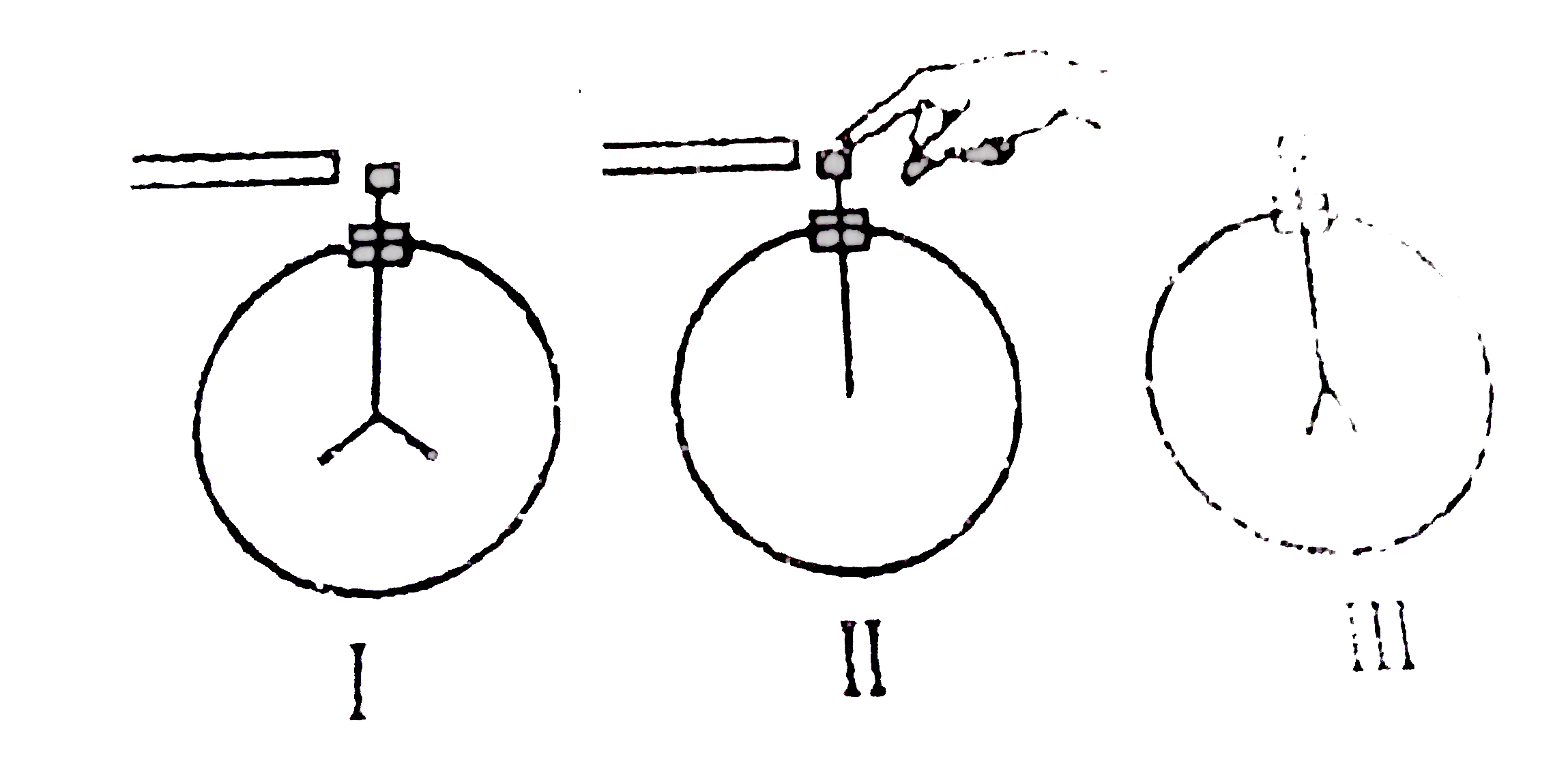When there is no air in initial bronchioles, they does not collapse. It is due to :
Presence of Lecithin
Presence of incomplete cartilagenous rings
Presence of complete cartilagenous rings
Presence of mucous
The correct Answer is:2
Step-by-Step Solution:
1. Understanding the Structure of Bronchioles:
- The bronchioles are small air passages in the respiratory system that lead to the alveoli. They have a diameter of less than 1.5 millimeters and do not have the same structural support as larger airways.
2. Role of Cartilage in the Respiratory System:
- In the trachea and bronchi, cartilage rings and plates provide structural support to keep these airways open. The trachea has complete cartilage rings, while the bronchi have incomplete cartilage plates.
3. Bronchioles and Structural Support:
- Unlike the trachea and bronchi, bronchioles do not have cartilage rings. Instead, they rely on the surrounding lung tissue and the pressure differences within the lungs to maintain their shape and prevent collapse.
4. Transpulmonary Pressure:
- The key factor that prevents the bronchioles from collapsing is the transpulmonary pressure. This pressure is the difference between the pressure inside the alveoli and the pressure in the pleural cavity. It helps keep the bronchioles open during breathing.
5. Evaluating the Options:
- Presence of Lecithin: This is incorrect as lecithin is a type of fat and does not provide structural support to bronchioles.
- Presence of Incomplete Cartilaginous Rings: This is also incorrect because bronchioles do not have cartilage rings; they have smooth muscle and elastic fibers instead.
- Presence of Complete Cartilaginous Rings: This is incorrect since complete rings are found in the trachea, not in bronchioles.
- Presence of Mucus: While mucus plays a role in trapping particles and keeping airways moist, it does not prevent bronchioles from collapsing.
6. Conclusion:
- The correct answer is that bronchioles do not collapse due to the transpulmonary pressure that keeps them expanded, not due to cartilage or mucus.
Final Answer:
The bronchioles do not collapse when there is no air due to the transpulmonary pressure that keeps them expanded.
---
- The bronchioles are small air passages in the respiratory system that lead to the alveoli. They have a diameter of less than 1.5 millimeters and do not have the same structural support as larger airways.
- In the trachea and bronchi, cartilage rings and plates provide structural support to keep these airways open. The trachea has complete cartilage rings, while the bronchi have incomplete cartilage plates.
- Unlike the trachea and bronchi, bronchioles do not have cartilage rings. Instead, they rely on the surrounding lung tissue and the pressure differences within the lungs to maintain their shape and prevent collapse.
- The key factor that prevents the bronchioles from collapsing is the transpulmonary pressure. This pressure is the difference between the pressure inside the alveoli and the pressure in the pleural cavity. It helps keep the bronchioles open during breathing.
- Presence of Lecithin: This is incorrect as lecithin is a type of fat and does not provide structural support to bronchioles.
- Presence of Incomplete Cartilaginous Rings: This is also incorrect because bronchioles do not have cartilage rings; they have smooth muscle and elastic fibers instead.
- Presence of Complete Cartilaginous Rings: This is incorrect since complete rings are found in the trachea, not in bronchioles.
- Presence of Mucus: While mucus plays a role in trapping particles and keeping airways moist, it does not prevent bronchioles from collapsing.
- The correct answer is that bronchioles do not collapse due to the transpulmonary pressure that keeps them expanded, not due to cartilage or mucus.
The bronchioles do not collapse when there is no air due to the transpulmonary pressure that keeps them expanded.
Topper's Solved these Questions
- HUMAN PHYSIOLOGY -IBOOK - ALLENCHAPTER - HUMAN PHYSIOLOGY -IEXERCISE - EXERCIS-III(B) (ANALYTICAL QUESTION)
60 Videos
- HUMAN PHYSIOLOGY -IBOOK - ALLENCHAPTER - HUMAN PHYSIOLOGY -IEXERCISE - BEGINNERS BOX-12
3 Videos
- HUMAN PHYSIOLOGY -IBOOK - ALLENCHAPTER - HUMAN PHYSIOLOGY -IEXERCISE - EXERCISE -II (Previous Year Question ) AIPMT 2025
1 Video
- HUMAN HEALTH AND DISEASEBOOK - ALLENCHAPTER - HUMAN HEALTH AND DISEASEEXERCISE - Question
116 Videos
- HUMAN REPRODUCTION BOOK - ALLENCHAPTER - HUMAN REPRODUCTION EXERCISE - Question
92 Videos
Similar Questions
Knowledge Check
Even when there is no air in it, human trachea does not collapse due to the presence of :
Acartilaginous ringsBchitinous ringsCbony ringsDturgid pressureA constructor is initialized when
AThere is a constant variable in classBThere is a reference variable in classCThere is an object of another class, and the other class doesn't have a default constructorDAll of the above
When the air cools, its density :
View SolutionWhen wine is exposed to air it becomes sour due to
View SolutionWhich of these statements are fasle regarding the human respiratory regarding the human respiratory system ?
(a) The nasal chamber opens into the pharynx .
(b) Trachea, bronchus and initial bronchioles are supproted by complete cartilaginous rings.
(c ) The branching network of bronchi, bronchioles and alveoli comprises the lungs.
(d) Pleural fluid increase friction on the lung surface.
View SolutionWhen a negative charged rod is brought near, but does not touch, the initially unchanged electroscope shown below, the leaves spring apart (I). When the electroscope is then touched with a finger, the leaves collapse (II). When next the finger and finally the rod are removed, the leaves spring apart a second time (III). The charge on the leaves is

View SolutionIf thorax is injured and pleura damaged, the air enter the pleural catity and the lungs are collapsed. This condition is knonw as
View SolutionLungs are made up of air-filled sacs, the alveoli . They do not collapse even after forceful expiration because of
View Solution